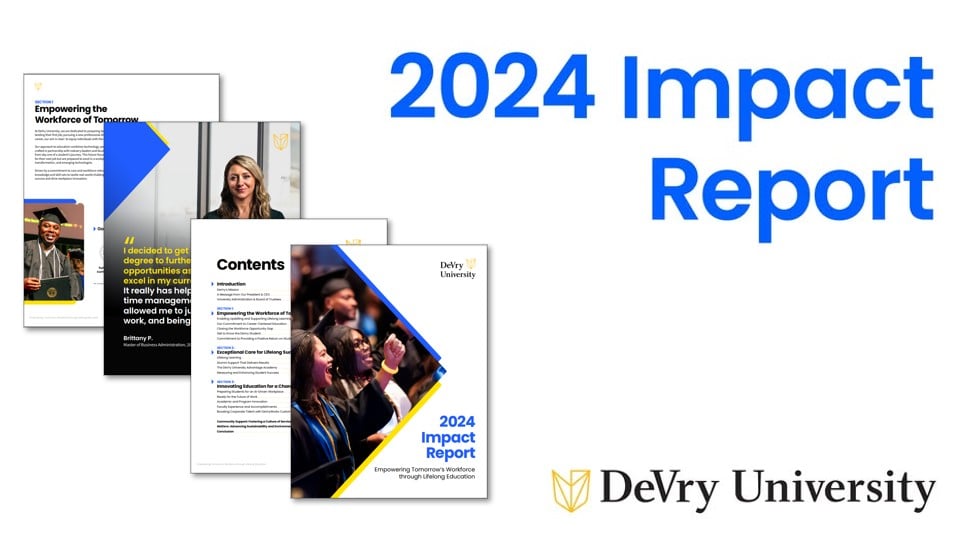No matter what industry or department you’re in, you need engaged talent with future-ready skills to keep your business growing and innovative. Our consultants can help you analyze your team’s skills gaps, create succession plans and build learning pathways leveraging your workforce development plan—so your future leaders shine as brightly as your vision.
Let us show you why DeVryWorks can help make a difference.

